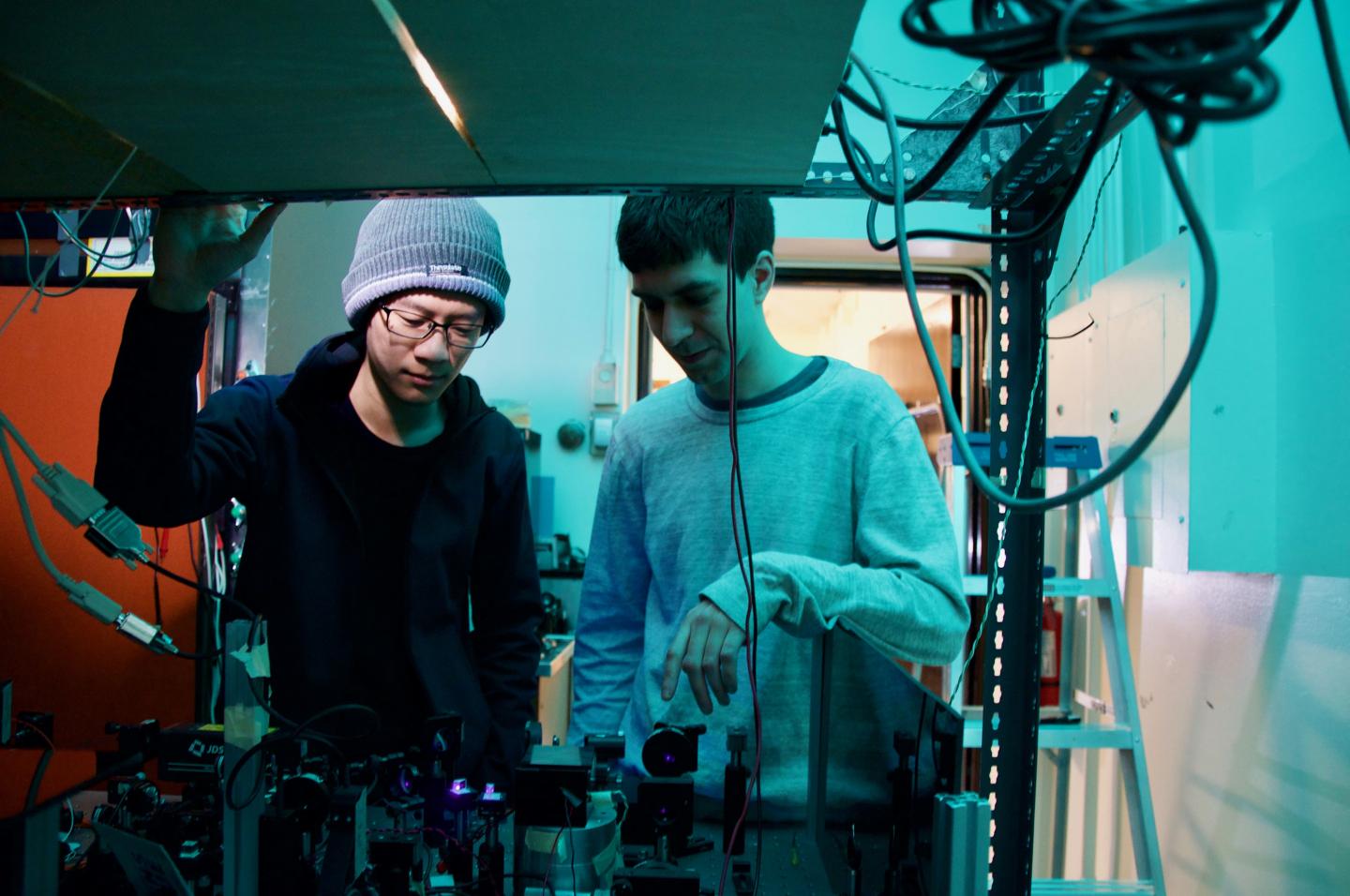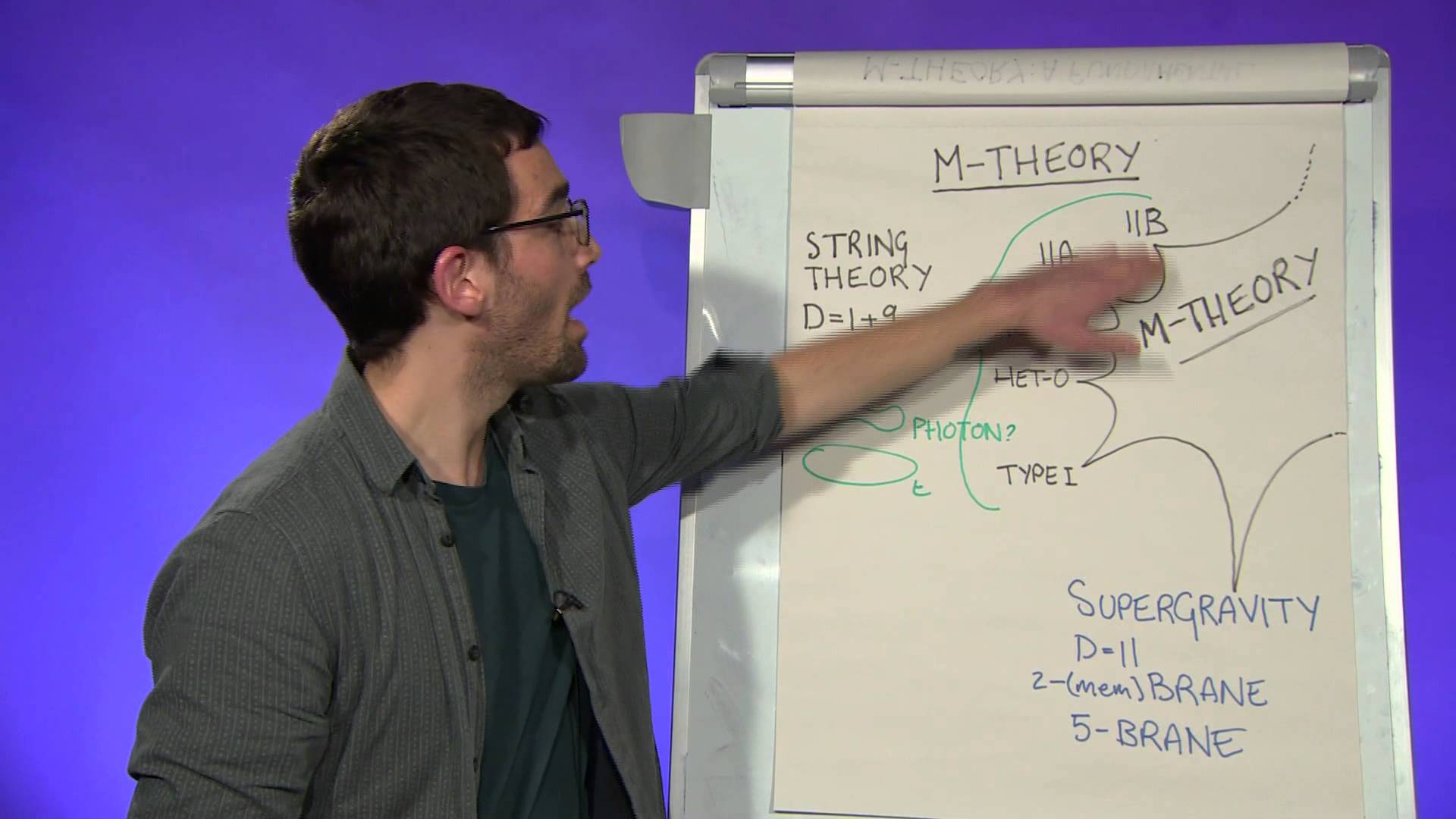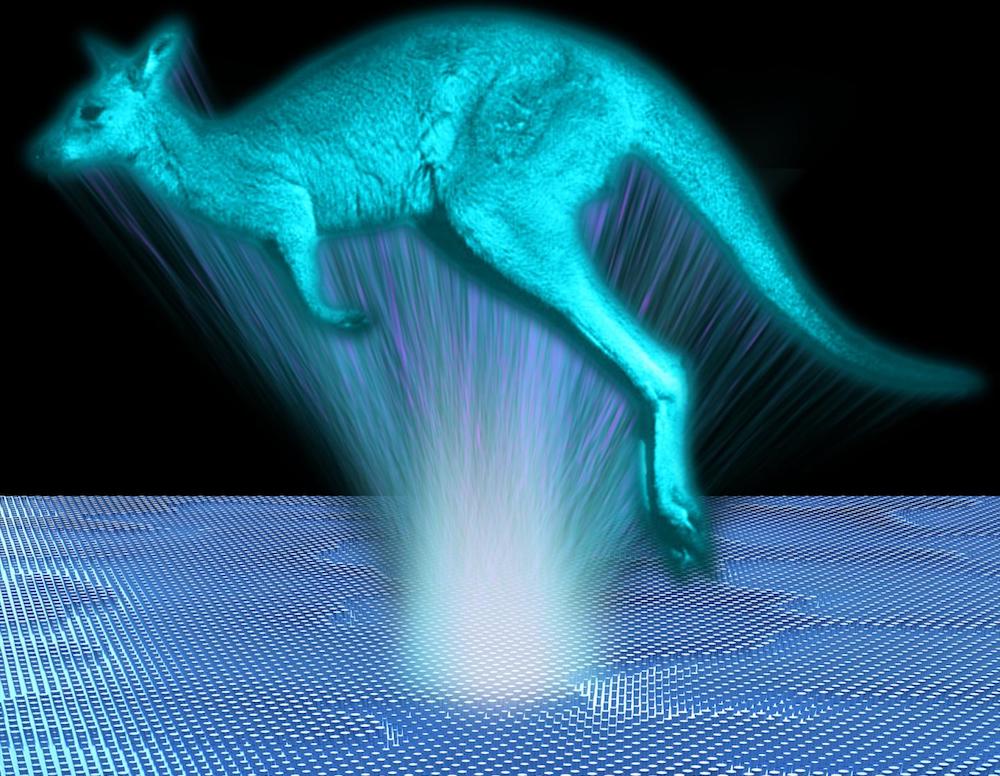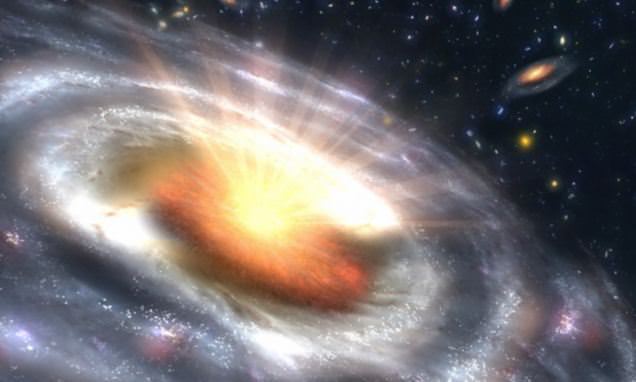Feb 16, 2017
University of Toronto physicists harness neglected properties of light
Posted by Karen Hurst in category: physics
Harnessing the extra light — new method.
TORONTO, ON (Canada) – University of Toronto (U of T) researchers have demonstrated a way to increase the resolution of microscopes and telescopes beyond long-accepted limitations by tapping into previously neglected properties of light. The method allows observers to distinguish very small or distant objects that are so close together they normally meld into a single blur.
Telescopes and microscopes are great for observing lone subjects. Scientists can precisely detect and measure a single distant star. The longer they observe, the more refined their data becomes.
Continue reading “University of Toronto physicists harness neglected properties of light” »
















